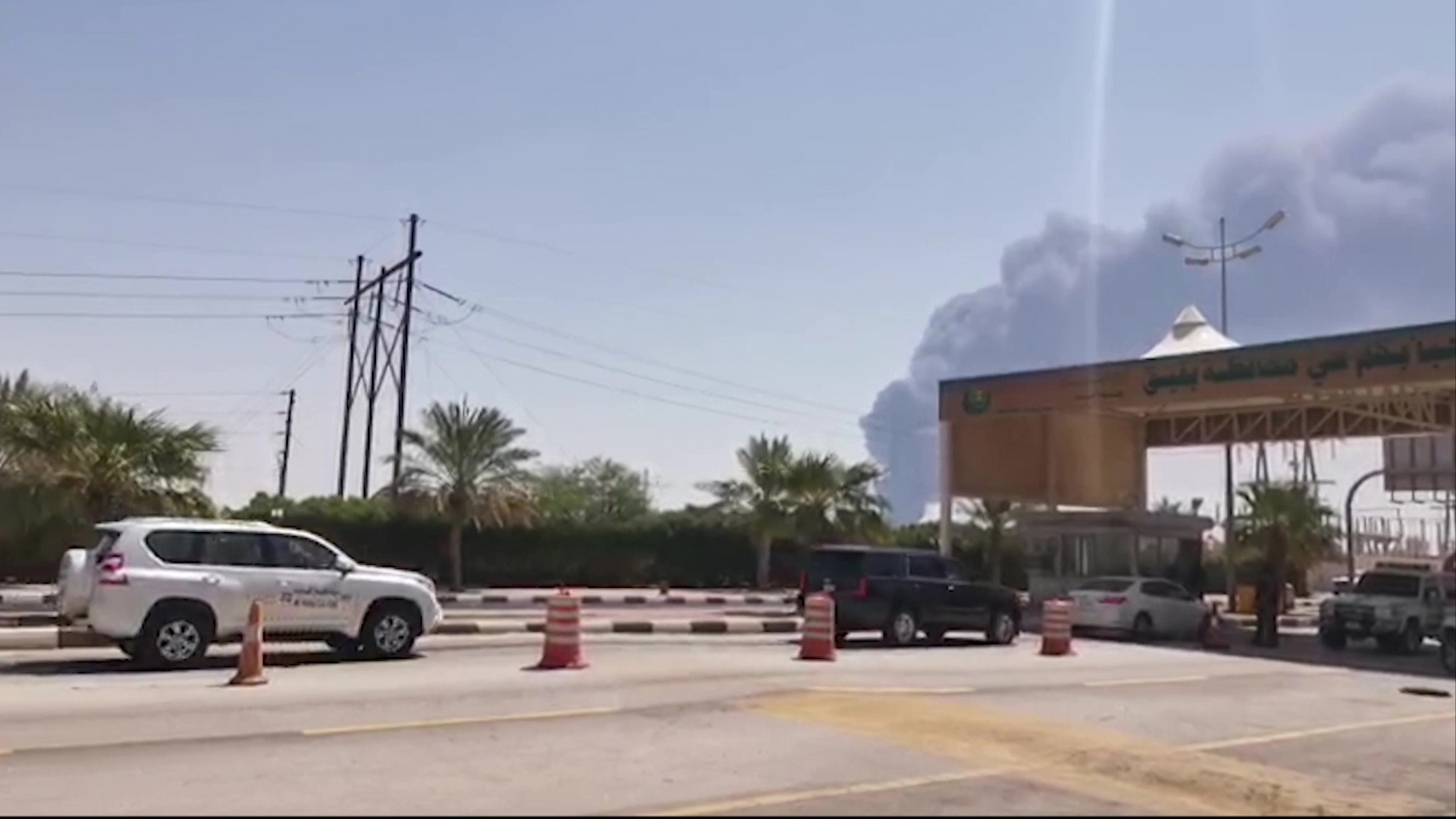Will the instability in Iraq flow to the pump?
Oil traders are among the many people keeping a close watch on growing violence in Iraq.
They’re gathering a kind of intelligence, says Phil Flynn, with The PRICE Futures Group in Chicago: “You kind of price in the worst-case scenarios, and then you wait and see if that really happens,” he says.
Traders are worried about what would happen if the world were to lose access to Iraq’s oil, about two million barrels a day, according to Jim Burkhard, head of global oil market research for IHS.
That has traders worried about “spare capacity,” which Burkhard says is like “our emergency supply, in case there is a disruption.”
Right now, total spare capacity worldwide is roughly equal to what Iraq exports.
Paul Sullivan, who teaches courses on energy security at the National Defense University, sounds a note of caution: “The oil is coming out of Iraq without much disruption, except for psychological disruption.”
Still, when it comes to the price of oil, that can be powerful. Even though it takes several weeks for oil to get from the Persian Gulf to U.S. refineries, gas prices are already going up.
According to the U.S. Energy Information Administration, here’s what makes up the cost of every gallon of gas pumped at the service station:
The average national gas price according to AAA is $3.66 a gallon. If you split that out according to the EIA, that price is made up of costs from crude oil, refining, distribution, marketing, retail costs and taxes. While dependency on foreign oil has decreased, 40 percent of crude oil and petroleum products consumed by Americans is still imported from foreign countries.
“The biggest portion of the cost of gas goes to the crude-oil suppliers. This is determined by the world’s oil-exporting nations, particularly the Organization of the Petroleum Exporting Countries (OPEC),” according to Kevin Bonsor and Ed Grabianowski of How Stuff Works. Two-thirds of the retail price of gas is from the actual crude oil, and at today’s prices that equates to $2.45.
Twelve percent of your $3.66 per gallon goes towards refining costs and profits. That’s approximately $0.44 cents that goes towards refining the oil and other terminal operations, including crude oil processing, oxygenate additives, product shipment and storage and brand advertising — as well as profits. This also includes the cost of any oil spills.
Gas consumers, you and I, also help cover the cost of franchise fees, rents, wages, environmental fees, credit cards fees and insurance costs. This includes billboard, TV and newspaper ads. These, among a few other costs, are all encompassed in the distribution, marketing, and retail costs and profits, or 9 percent of the retail price for a gallon of gas.
And another 12 percent of the retail price goes towards taxes, including, among others, state and federal. Federal taxes averaged around 18.4 cents per gallon and state taxes averaged 23.52 cents per gallon according to the U.S. EIA.
There’s a lot happening in the world. Through it all, Marketplace is here for you.
You rely on Marketplace to break down the world’s events and tell you how it affects you in a fact-based, approachable way. We rely on your financial support to keep making that possible.
Your donation today powers the independent journalism that you rely on. For just $5/month, you can help sustain Marketplace so we can keep reporting on the things that matter to you.


















